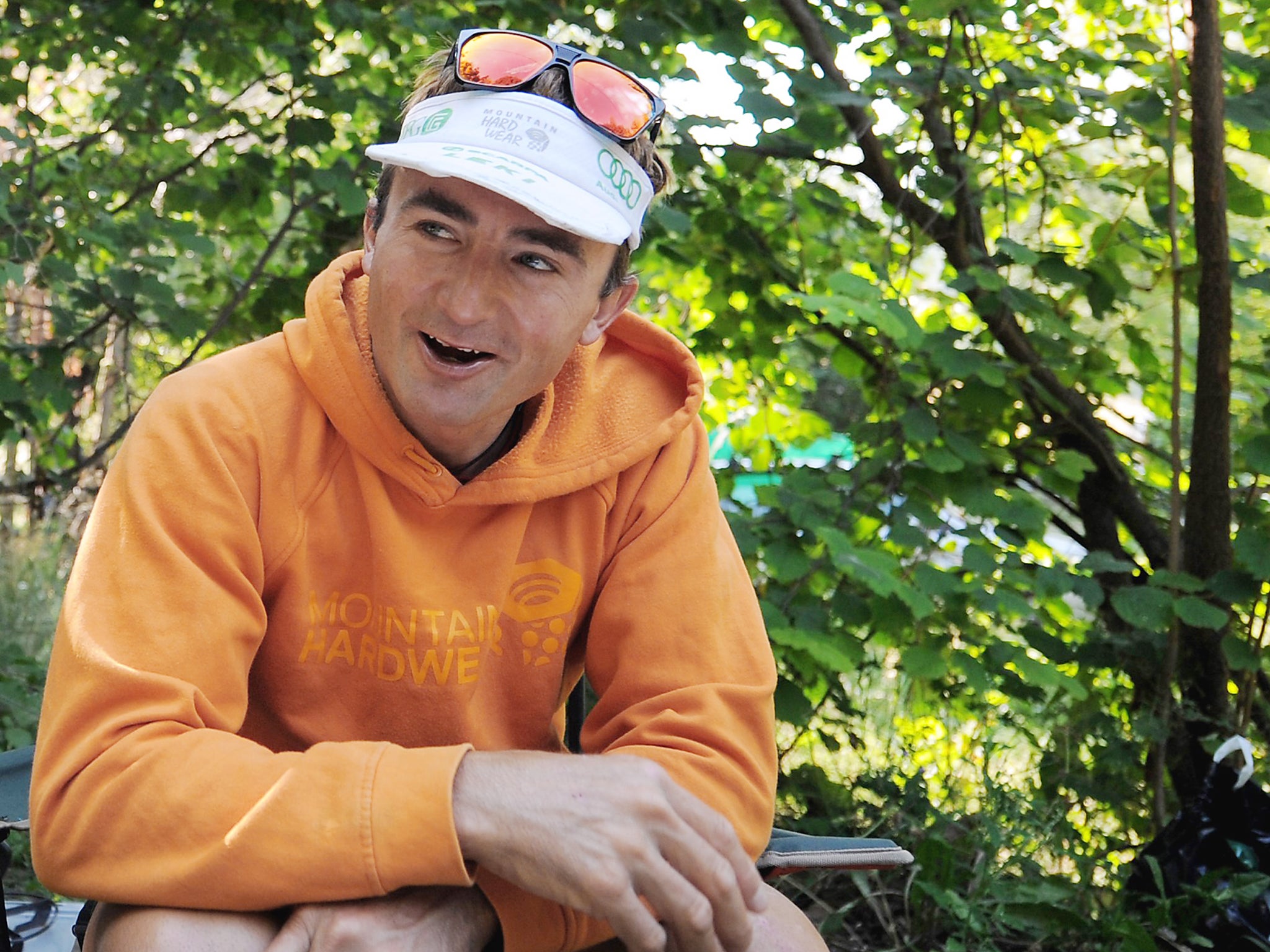Ueli Steck, obituary: The Swiss Machine mountaineer who set new standards for speed
After taking up the sport aged 18, he won awards for his innovative style and rescue attempts

Your support helps us to tell the story
From reproductive rights to climate change to Big Tech, The Independent is on the ground when the story is developing. Whether it's investigating the financials of Elon Musk's pro-Trump PAC or producing our latest documentary, 'The A Word', which shines a light on the American women fighting for reproductive rights, we know how important it is to parse out the facts from the messaging.
At such a critical moment in US history, we need reporters on the ground. Your donation allows us to keep sending journalists to speak to both sides of the story.
The Independent is trusted by Americans across the entire political spectrum. And unlike many other quality news outlets, we choose not to lock Americans out of our reporting and analysis with paywalls. We believe quality journalism should be available to everyone, paid for by those who can afford it.
Your support makes all the difference.Ueli Steck, who has died aged 40, was one of the world’s greatest climbers of recent times. Nicknamed the “Swiss Machine”, in recognition of his speed and endurance, he died in an accident during preparations for a combined ascent of the Everest and Lhotse mountains.
Steck was born in 1976 in Langnau im Emmental, a small town between Bern and Lucerne, the third son of Lisabeth and Max Steck, a coppersmith. He trained and worked as a carpenter and began mountain climbing in 1994, aged eighteen. Steck tackled the notorious north face of the Eiger in that first year, on a route which would define many of his future climbs. As an advocate of “fast and light” alpinism from the outset, Steck’s style emphasised speed and a minimal amount of equipment, eschewing the use of supplemental oxygen supplies.
In 2007 he set a new speed record for ascending the Eiger via the north face, completing the climb in 3 hours 54 minutes and was presented with the Eiger Award for this achievement. The following year he was involved in a dramatic rescue attempt on Annapurna. The Spanish mountaineer, Iñaki Ochoa, had been forced to halt his ascent because of illness. Steck, who had been at base camp, battled through deep snow to reach camp 4 at 7400 metres, taking emergency medical supplies. Conditions made a rescue impossible and Ochoa unfortunately did not survive.
During October 2013 Steck took on the challenge to climb the south face of Annapurna, solo. After negotiating an 8,000 foot ice wall and nearly being knocked off the mountain by an avalanche, he arrived at the summit in just 20 hours and was back down at base camp only 8 hours later. His peer, the American, Mark Allen, said “That’s an incredible amount of tenacity and skill to pull something like that off. That guy changed the game with that ascent.”
He won the coveted Piolet d’Or (Golden Ice Axe) award twice: in 2009 with Anthamatten for their alpine style ascent of the Tengkampoche north face and in 2014 for the Annapurna solo. Then in August 2015 Steck completed his 82 Summits Challenge, climbing all European peaks over 4000 metres in height in 62 days. But despite all his achievements he remained modest and single-minded in his desire to pursue ever more daring and previously unattempted challenges.
Steck had been preparing to climb Everest via the Hornbein Couloir, a narrow and steep route on the mountain’s north face. He had planned to make the ascent without oxygen, as usual, and then to continue to Lhotse, the world’s fourth highest mountain, in a combination of climbs which had not previously been accomplished. He was on Nuptse, near Everest, when he slipped and fell about 1000 metres to his death.
In a last interview at base camp, when asked what message he had for other mountaineers, he replied “It’s very important you follow your dream, your heart. Everybody can choose what he wants to climb, how he wants to climb. At the end it doesn’t matter how fast, how high. I think it’s important that you choose for yourself and do what you want.”
Ueli Steck, climber: born 4 October 1976, Langnau im Emmental; died 30 April 2017, Nuptse, Nepal.
Join our commenting forum
Join thought-provoking conversations, follow other Independent readers and see their replies
Comments